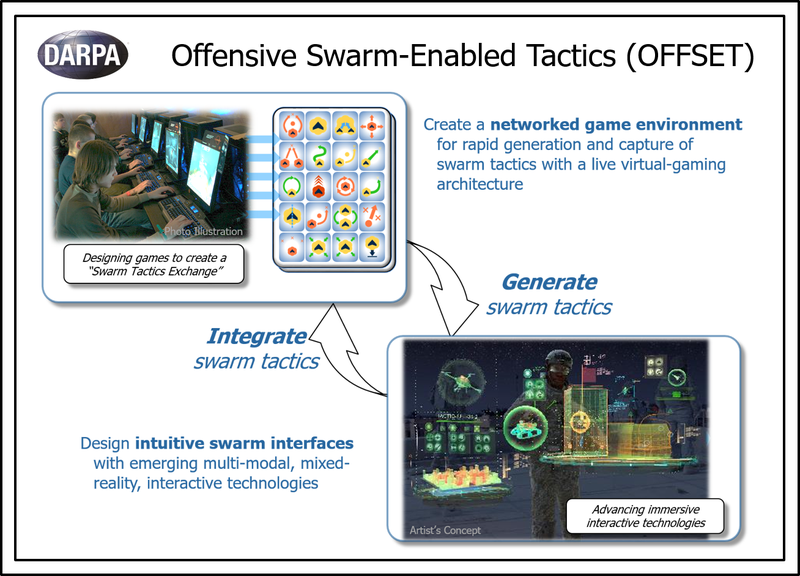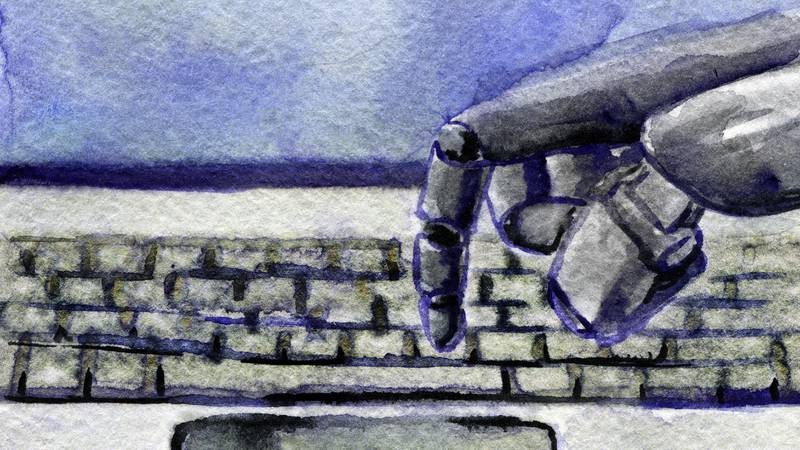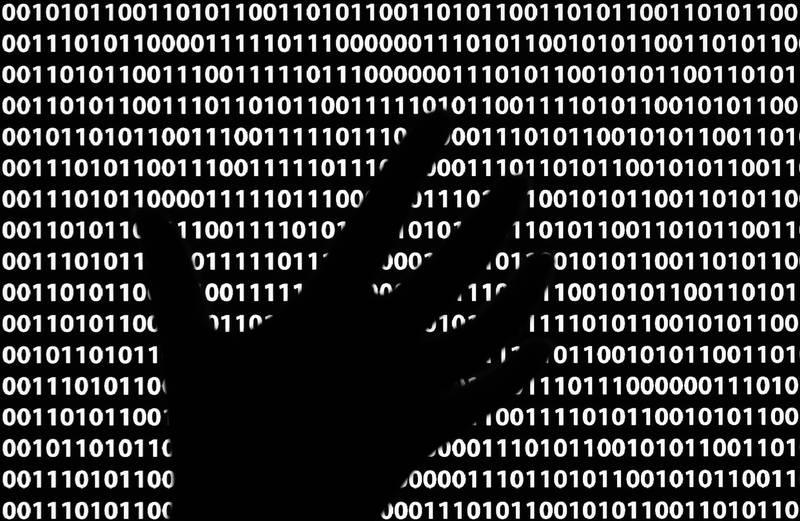


Three keys to standing up the Army’s Modernization Command [Commentary]
As the Army stands up the Modernization Command, it faces some daunting, yet addressable challenges. Here are the big obstacles they need to overcome.

Net Defense Blogs
Solving the challenges of change [Commentary]
Change is not easy and what the Army has been undertaking with its network strategy can best be described as a paradigm shift. However, wideband technology is a game changer and we should sprint forward to put this capability in the hands of the war fighter. So how and why aren’t we closer to success?

Artifical intelligence-based cybersecurity
Some believe that AI efforts must be accelerated given that the demand for cybersecurity professionals is far outpacing the supply — and that shortfall is projected to get worse.

Cyber espionage is growing in frequency and impact
The sale of sensitive information collected during cyber espionage campaigns appears to be in high demand. So are concerns that a hybrid model of cyber extortion and espionage is evolving.

The report is out. Now what?
Never before has cybersecurity received such broad attention and been so widely discussed. All of that is a good thing. However, it is clear there are many questions remaining.

Dark social: A growing cyber intel concern
Many feel we are not able to fully track dark social traffic. Could it or has it become a major source of communications among covert operatives, terrorists, activists and criminals?

2016 presidential election and a national cybersecurity investigation
Many cybersecurity practitioners are sitting on the edge of their seats waiting for the results of the investigation directed by the White House into the hacking events that surrounded the 2016 presidential election.

Staffing our national cyber defense
How can organizations grow their cybersecurity resources for long-term use?

Dealing with cyberthreats: We must act now
Time is of the essence when it comes to the proliferation of malicious code/software.

Cryptocurrency + WikiLeaks = Big concerns
Today, leveraging the anonymity that accompanies a well-thought-out cyber plot and executed cyberattack with a secure funding mechanism (cryptocurrencies) that can purchase or fund these attacks create a very challenging and troubling future.

The expansion of military technology suppliers
Military leaders the world over are discussing future war fighting theories, concepts and capabilities, and all of that is tied to technology.
